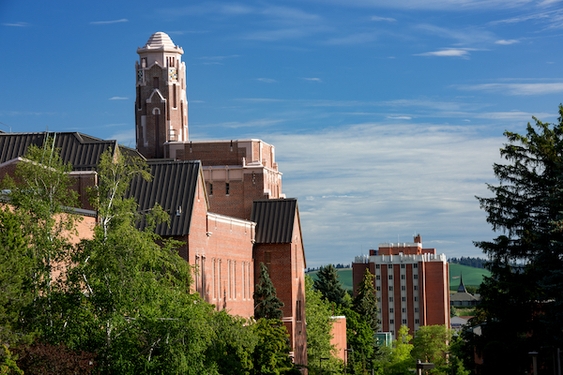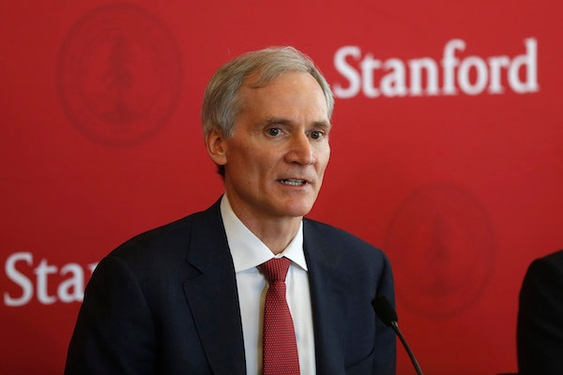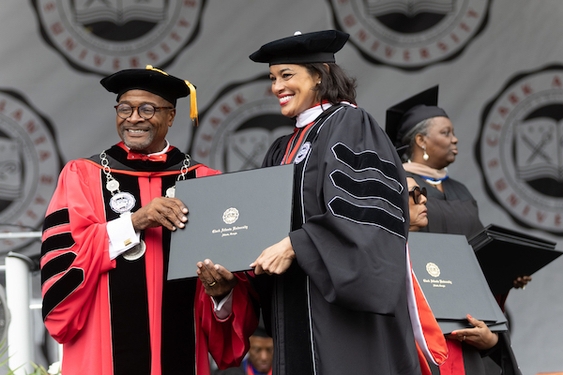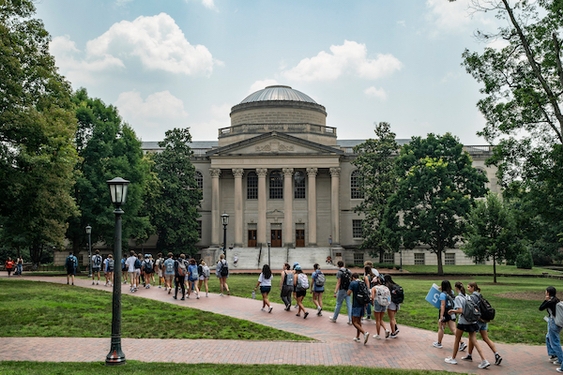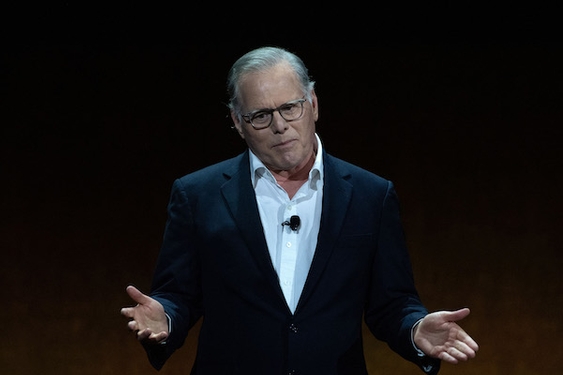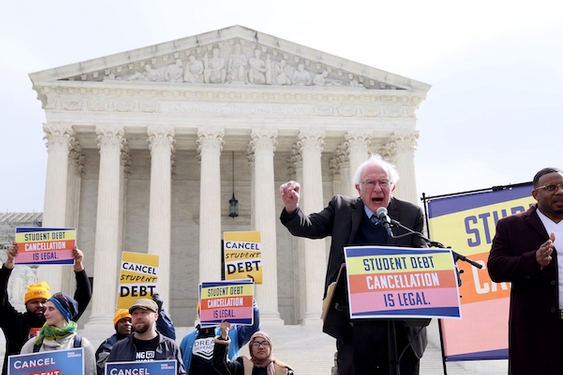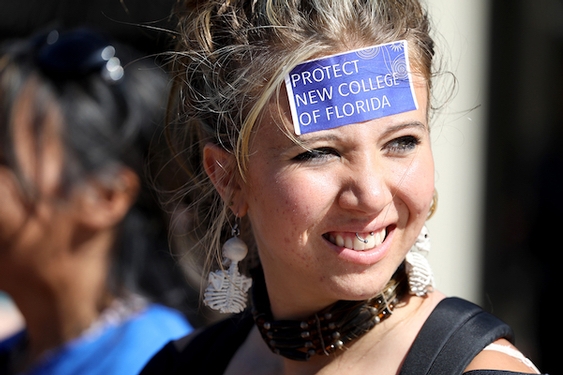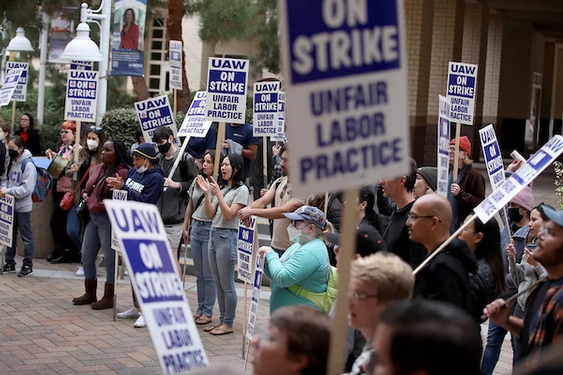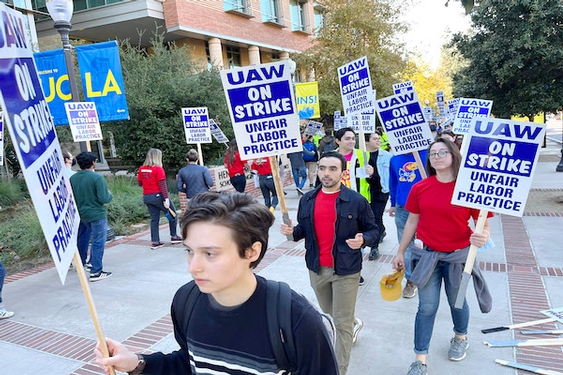The annual tuition at an elite private institution – like Stanford, USC or the Ivy Leagues – typically exceeds $60,000, not including the costs of housing, textbooks and more. Private colleges and foundations provide most of their scholarships to students who come from low-income families, leaving students of middle-class families to resort to taking out loans.
Take the Weathers family, for example. David Weathers is a student at Williams College, and even though his father made $175,000 last year, he faces a large bill of $42,300 from school.
“If I were to pay that amount of money today, I would be flat broke,” David's father, Chris, told NBC News.
Government financial aid (like FAFSA) is granted on need-based criteria, but it hasn’t adapted to the fact that, in this day and age, families with a six-figure annual income often do need financial aid in order to send their children to the universities they’ve enrolled.
Too many college aspirations are cut down by the quandary faced by middle-class families around the country: do we pay for our child to receive an elite education even if it means putting the family in debt?
State schools are cheaper, but children of middle-class families who kicked ass in high school deserve to have access to the best educational resources and connections, right?
This problem is getting worse every year. Two-thirds of college students in the U.S. now graduate with debt from loans, and it is not uncommon for private university graduates to owe hundreds of thousands of dollars.



